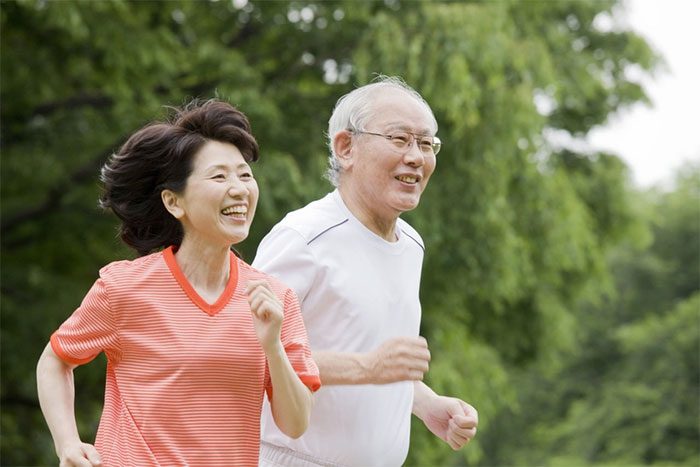As the weather turns cold, people with joint conditions often experience pain. However, you can alleviate seasonal joint pain by taking proper care of your body.
A study conducted by the University of Manchester (UK) in 2019 involving 13,000 British citizens found that arthritis patients reported a 20% increase in pain on damp days with low atmospheric pressure and high winds. Meanwhile, a five-year study (2015-2019) in Ankhang (China) indicated that cold weather increases the risk of hospitalization for patients with rheumatoid arthritis.

Knee joints, spine, hip joints, arm and leg joints are more prone to pain in cold weather.
According to expert Nguyen Tan Vu from the Orthopedic Trauma Center at Tam Anh General Hospital in Ho Chi Minh City, joint pain in cold weather is not limited to the elderly; it can also occur in young, healthy individuals. The reason is that cold weather causes blood vessels around the joints to constrict, reducing blood flow. Additionally, low temperatures combined with decreased atmospheric pressure and increased humidity alter the circulation, physical properties, and nourishing function of the joint fluid.
Winter weather can also trigger underlying conditions such as rheumatoid arthritis, osteoarthritis, and gout. Therefore, Vu advises that joint pain in cold weather may indicate metabolic changes in the joints or serve as a warning sign of chronic joint diseases.
To alleviate joint pain and ensure mobility while preventing injuries during winter, experts recommend that patients implement multiple strategies simultaneously.
- Keep your body warm: Whether at home or outside, individuals should wear thick clothing, scarves, and socks to stay warm. Using hot oil, gels, or patches can warm the joints, increasing blood flow and reducing pain. Additionally, applying warm compresses, soaking feet, and taking warm baths can be very helpful in soothing joint pain at home.
- Massage: Gently massaging the joints helps warm them up, improves blood circulation, and reduces pain levels. If pain is accompanied by joint stiffness every morning, you can massage while flexing and extending for about 5-10 minutes to soften the joints, relax the muscle fibers, reduce stiffness, and prevent falls during the cold rainy season, especially for the elderly.
- Maintain physical activity: Keeping up with exercise and sports during winter helps improve the flexibility and smoothness of the joints, enabling the body to adapt quickly to harsh weather. People can walk, jog, cycle outdoors, or work out indoors using treadmills, stationary bikes, yoga, tai chi, aerobics, or dancing.

Maintaining a daily exercise routine helps joints move smoothly.
- Follow a balanced diet: Developing a balanced diet that focuses on foods rich in omega-3, vitamin K, and vitamin C, such as salmon, nuts, dark leafy greens, oranges, red peppers, and tomatoes, can help reduce inflammation and joint pain while boosting overall health. Avoid cold foods, processed items, and those high in sugar and salt.
During winter, many people tend to drink less water, which can weaken the immune system and exacerbate joint pain. Therefore, when it’s cold, individuals with joint issues should ensure adequate hydration (2-2.5 liters of water per day), prioritizing warm water.
- Use pain relief products correctly: When experiencing joint pain, patients may use prescribed or over-the-counter medications for relief. However, these medications should be used according to the guidance of a doctor or healthcare professional. Misuse can lead to serious complications such as gastritis, liver and kidney damage, high blood pressure, and decreased bone density.
How has the world found a cure for yellow fever?
How to choose fast food and bottled drinks to minimize harm
Rare case: A girl who was pregnant for 9 months but still had regular periods


















































